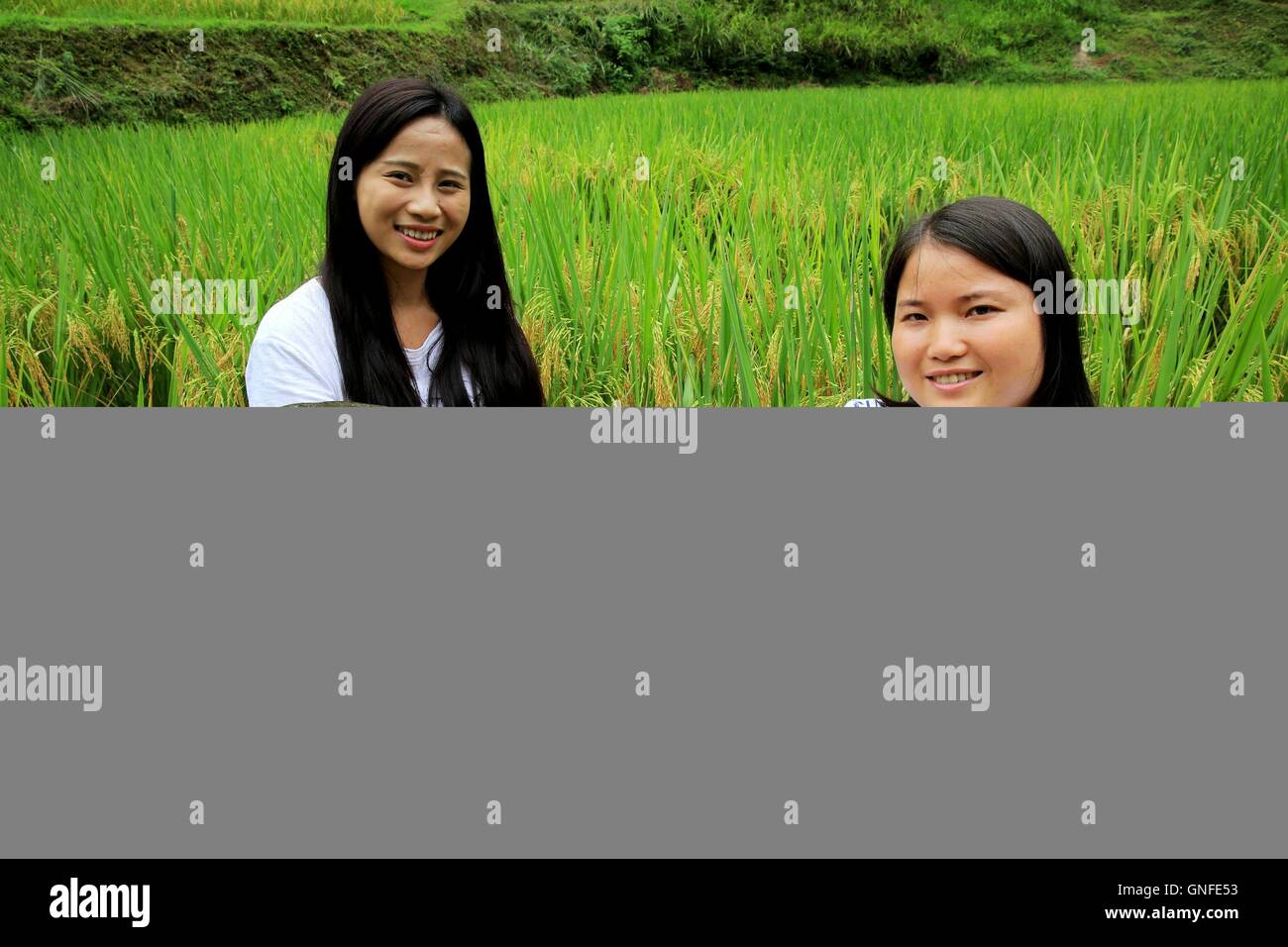Decoding Strange Characters: A Guide To "Latin Characters" In SQL Server - Learn Now
Is your digital text a jumbled mess of unexpected symbols, leaving your readers baffled? Understanding and correcting character encoding issues is crucial for ensuring your online content remains legible, accessible, and free from frustrating errors that can damage your credibility and user experience.
In the digital realm, characters aren't just visual representations; they're encoded as numerical values. This encoding is what allows computers to store, process, and display text. When these encodings go awry, the beautifully crafted words we intend to share can transform into a series of seemingly random characters, a phenomenon known as "mojibake" or "character corruption". This can range from simple, subtle replacements of expected characters with similar-looking ones to complete gibberish that renders text unreadable.
A common scenario is when a system encounters characters that don't match its expected encoding. This can occur for a multitude of reasons, including incorrect database settings, mismatched character sets between applications, or issues during data transfer. For instance, a database might be configured to use a particular character set, such as Latin-1 (also known as ISO-8859-1), which supports a limited range of characters, primarily those used in Western European languages. If the data being stored contains characters outside of this range, the database may attempt to represent them using the closest available characters, leading to inaccuracies or even complete corruption.
The issue frequently manifests as a sequence of Latin characters appearing where a single special character should be. Often, these sequences start with characters like \u00e3 or \u00e2. For instance, instead of seeing the expected character "," a user might encounter a string like "." This transformation happens because the system is misinterpreting the byte sequence that represents "" in the intended character encoding and displaying it according to the settings of a different, incompatible character set. The hexadecimal code corresponding to the characters also becomes distorted due to the misinterpretation of byte sequences.
The root of the problem often lies in the database's collation settings. A collation specifies the rules for sorting and comparing character data, which includes the character set it uses. SQL Server 2017, for example, uses collations to define character sets and their associated behavior. A common collation is `sql_latin1_general_cp1_ci_as`, which is widely used but may not fully support all characters, particularly those from different languages or special symbols.
Websites use various technologies to display information, often relying on front-end frameworks and back-end databases. Issues with character encoding are not limited to specific types of tables; the problem can affect various parts of the database. The presence of unusual characters, such as those represented by "\u00c3, \u00e3, \u00a2, \u00e2\u201a," in product descriptions and other text fields is a frequent indication of such problems. These characters appear because the system cannot correctly interpret the data, leading to a display that is far from the original intent.
The widespread prevalence of these character encoding issues is a source of frustration for web developers and content creators alike. They can not only affect the visual appeal of a website but also hinder search engine optimization (SEO) efforts, as search engines may struggle to correctly index and interpret corrupted text. In turn, this can negatively impact a website's visibility and user engagement.
Consider the example of a 3000 lb automobile striking a guard rail. The initial text might be rendered correctly in one system, but upon migrating to another environment, it could show up as "A 3000 lb automobile strikes the midpoint of a guard rail," where the intended characters have been replaced by a misinterpretation of their byte sequences. The initial character is decoded as \u00e2, and the second one, casually, as \u00b1. However, this very same byte sequence indicates something different when interpreted with a different character encoding. The first one is now \u00e3 instead of \u00e2, while the second one remains \u00b1.
Many factors can contribute to these encoding mishaps. When working with data from various sources, it's essential to consider the character encoding used by each one. For instance, a database or file may be encoded in UTF-8, which supports a comprehensive range of characters, while another system might use a more limited encoding, leading to conflicts and data corruption during transmission. Understanding these variations in encodings is a must for ensuring data integrity.
A key aspect of fixing these problems is identifying the precise source of the problem. It could involve carefully inspecting database table structures, checking the character set and collation settings, and examining the encoding declared in the HTML headers of the website. It is also crucial to identify the data that's at fault. The next step is deciding on the appropriate character set. UTF-8 is the preferred character set for modern web development as it supports a vast range of characters, including those from various languages. To avoid future issues, converting all the data to the specified encoding and ensuring consistency across the board is essential.
The solution often involves adjusting database settings and applying SQL queries to repair the corrupted data. For example, correcting the character set in a table is a common fix. The user must carefully verify the data and decide whether the original data can be accurately restored or if manual adjustments are needed.
W3schools.com provides invaluable assistance to developers facing character encoding issues. Their tutorials, references, and practical exercises cover various aspects of web development and provide clear instructions on how to manage character sets, ensure data integrity, and avoid future problems.
| Aspect | Details |
|---|---|
| Problem | Character encoding issues resulting in the display of incorrect characters (e.g., mojibake, character corruption). |
| Symptoms | The appearance of unexpected sequences of Latin characters, particularly starting with \u00e3 or \u00e2, instead of intended characters (e.g., ""). |
| Common Causes |
|
| Impact |
|
| Contributing Factors |
|
| Solution Steps |
|
| Tools & Resources |
|
| Best Practice |
|
These character-encoding problems can be found in a variety of settings, from the front end of a website to a database's inner workings. It's not just the product-specific tables that suffer from these issues, such as ps_product_lang; the problem can permeate approximately 40% of the database tables. To resolve these difficulties, you need to understand the intricacies of character encoding, identify the source of the problems, and apply appropriate solutions.
Correcting character encoding issues involves more than just fixing the immediate errors; it requires a deeper understanding of character sets and the systems that use them. By consistently using the correct encoding, developers can help avoid many of these problems. In the long run, a well-designed database and consistent encoding practices will improve user experience, improve SEO, and maintain the integrity of the data.


